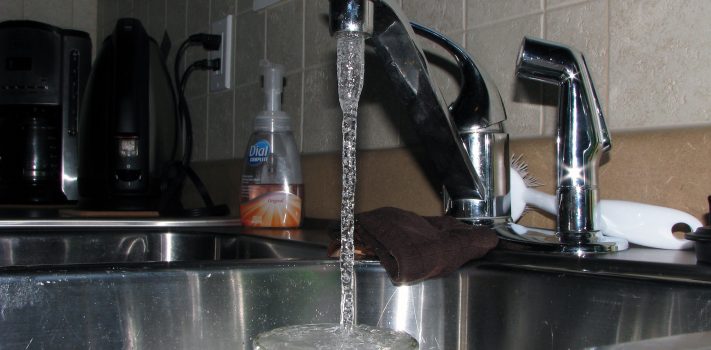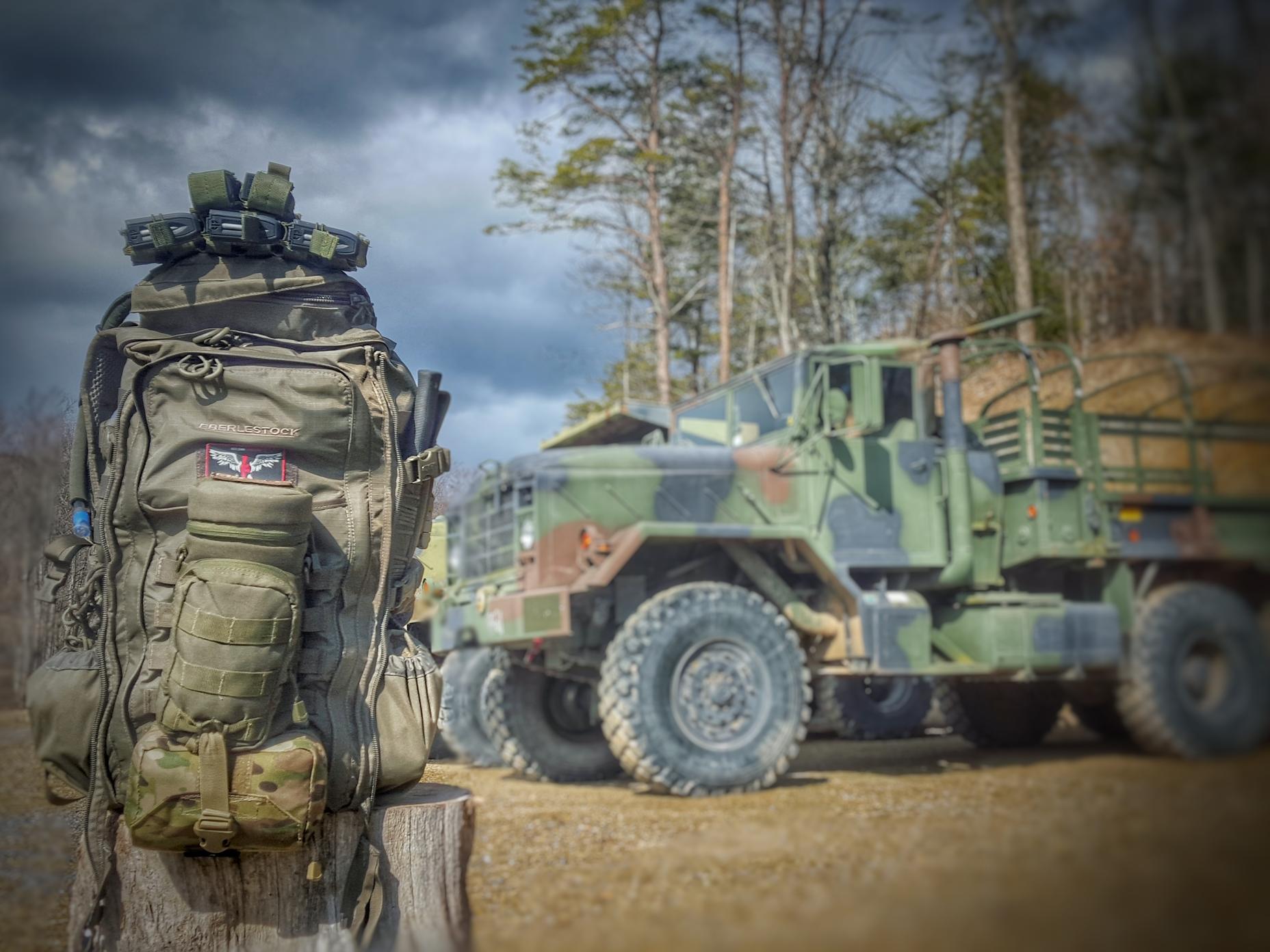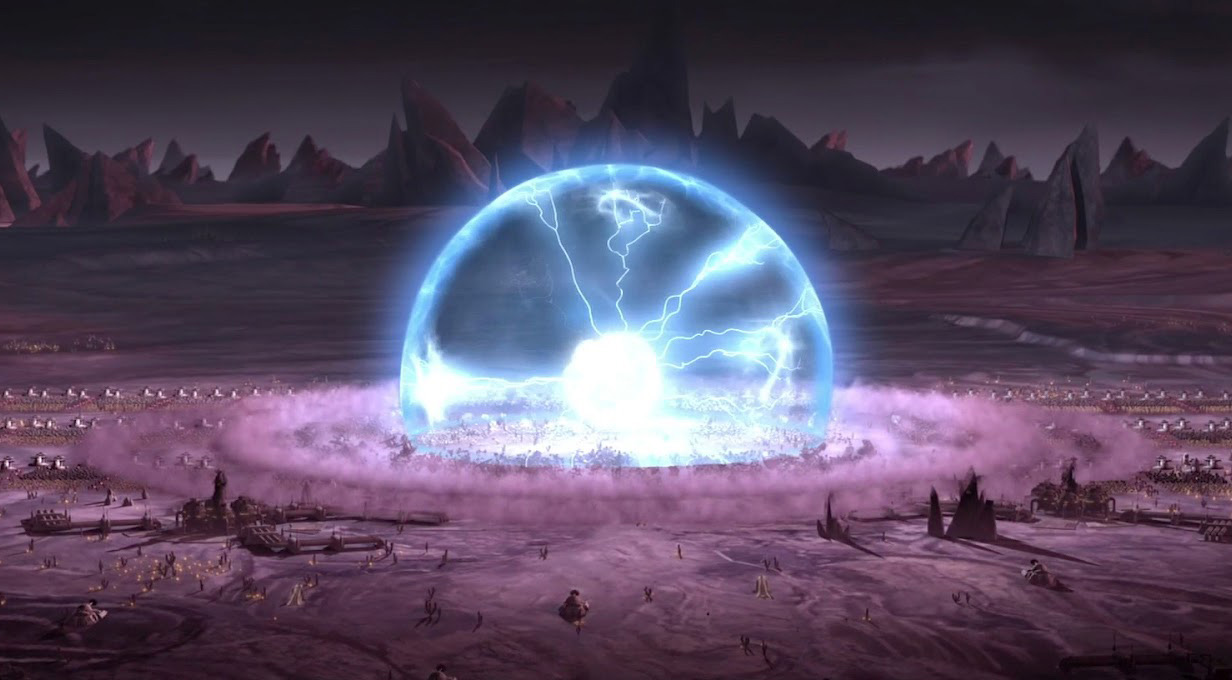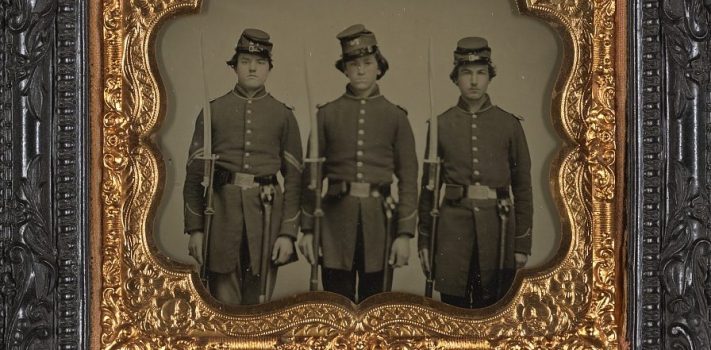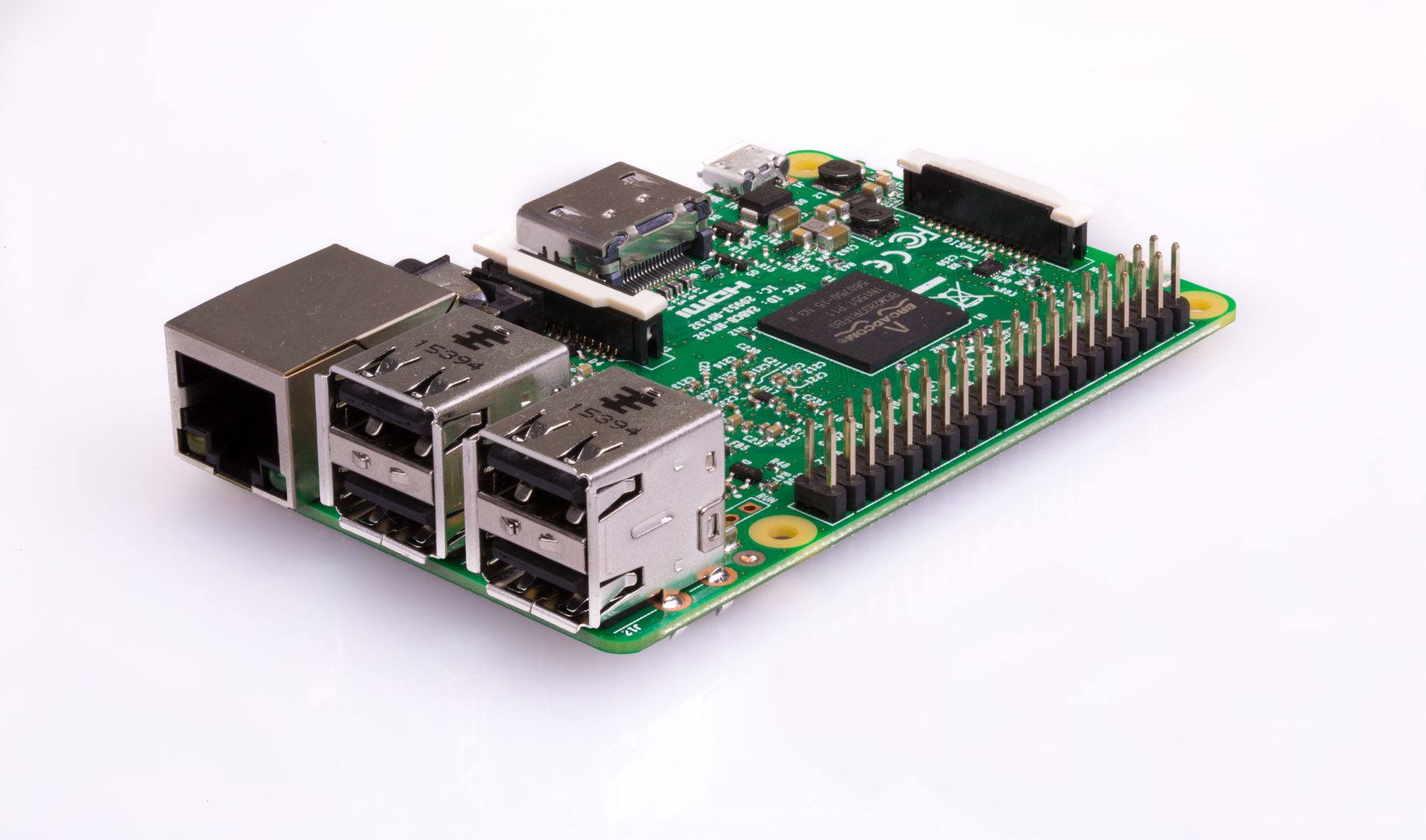“Internet” Without Infrastructure – Part 1, by R.H.
Communication, outgoing and incoming, is obviously vitally important, but we tend to take for granted the various channels available to us at this time. The telephone, email, and even television and radio media rely on a huge amount of civil infrastructure– the same infrastructure that we rely on for water, sewage service, food, electrical power, transportation, shipping and basic mail, and both fire suppression and law enforcement services. The Internet has become a vital part of that infrastructure. Without a functional power grid and cable or telephone service, the Internet does not exist. It could be argued that, even in the total absence of the rest of the infrastructure, very basic Internet services, such as email and even limited access to local, national, and world news, could mean the difference between survival and death for many, or at least the difference between sanity and insanity. At the very least, they…

